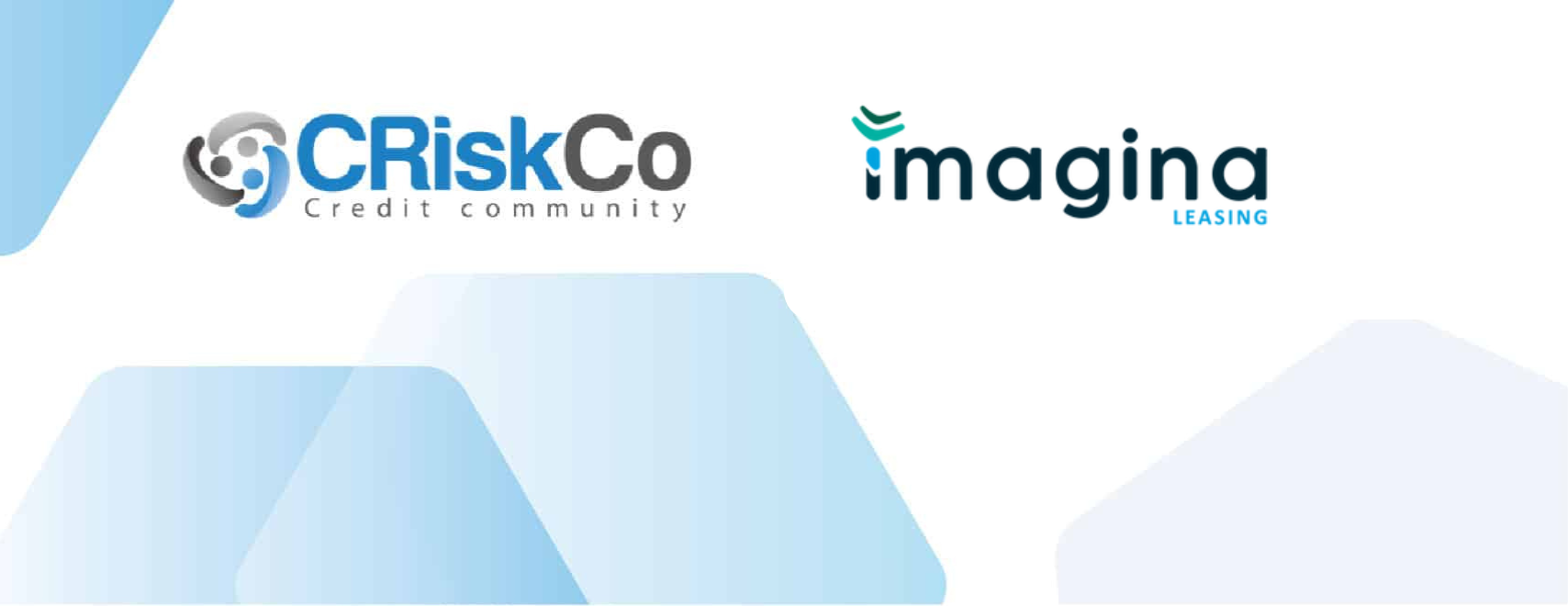- Blog
- Jun 08
How to obtain the financial information of your borrowers?
In order for a loan to be granted to a company that requires one, the granting firm must first obtain its financial information, as this allows the risks to be evaluated and the terms under which the credit will be granted, or whether it will not be possible, to be determined.
The context in figures
According to the Radiography of Entrepreneurship in Mexico 2020, 22 percent of SMEs failed owing to financial challenges, a rate higher than the 18 percent that failed due to a lack of clientele.
Credit institutions may decline financing for a variety of reasons, including a lack of data, uncorroborated information, or concerns about the company’s payment capabilities. The significance of financial information becomes clear at this moment.
Use of a financial information system
When a company goes to a credit institution to request funding, it often wants clarity about the process, timeliness, and minimal paperwork; but, it may have to wait a long time for the procedures to be completed and the information supplied to be validated.
The standard procedure is for those making the loan to ensure that the applicant is trustworthy, but this can take a long time due to the amount of data that has to be checked and the volume of requests to attend.
A settlement of this nature can take several weeks, which is a substantial amount of time for a company that requires funds in a hurry.
This is where a financial information system, such as CRiskCo interface, can significantly improve a credit business, and it is that those in need of financing will go to the loan institution that responds to their request the fastest, and where, in addition, they have a good chance of being approved for a loan even if they don’t have a long credit history.
Utility and process of CRiskCo platform
Everything that would ordinarily take days to verify becomes automatic and immediate with this type of interface. The process is as simple as the potential client submitting a credit application to the financial institution, following which the API interfaces with the accounting system to collect all accessible tax information and begins to generate a credit risk analysis using artificial intelligence and machine learning.
Following the completion of the process, the lender receives the analysis’ results, which include information such as the applicant’s income, number of clients, suppliers, debt payment capacity, growth trends, and so on. With which you can now make the best decision about whether to issue credit or not, as well as negotiate the finest terms for both parties.
All of this can be done in a matter of minutes, which can make a significant impact in terms of attracting more clients. One of the advantages of integrating with one of these interfaces is the quickness.
We understand the importance of financial data at CRiskCo, which is why the service we provide is quick and objective in its analysis. Give it a shot.
Related Posts

Case Study: Imagina Leasing’s Improved Credit Decisions
Executive Summary Imagina Leasing, a leader in Mexico’s leasing industry, was on a mission to enhance the precision and security of its credit evaluations. Facing challenges in verifying financial documents and managing risks, they turned…
- Nov 14

Strengthen Risk Management with the New Financial Suppliers Tab
We’re thrilled to unveil an exciting update to our UI! Introducing the “Financial Suppliers” tab, now available on the company reports page and in the SAT information report. Know Your Competition and Past Financing Deals…
- Jul 29
Recent Posts
Subscribe
Join our newsletter and stay up to date!